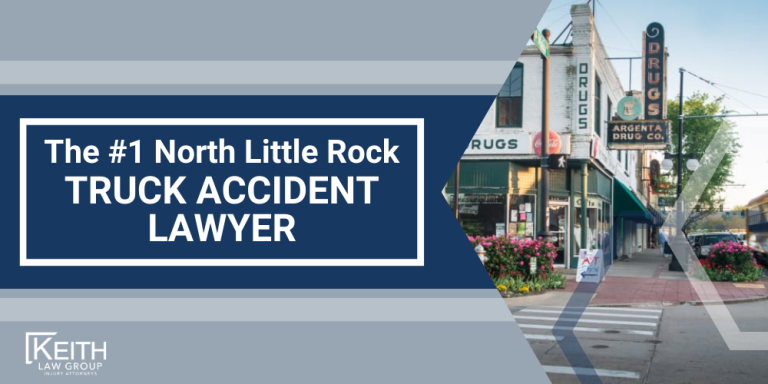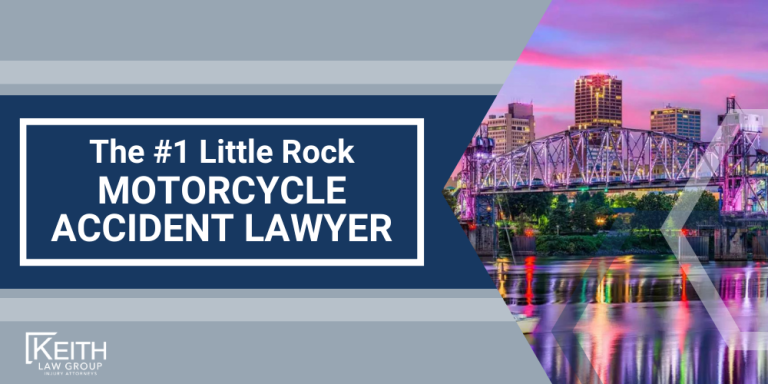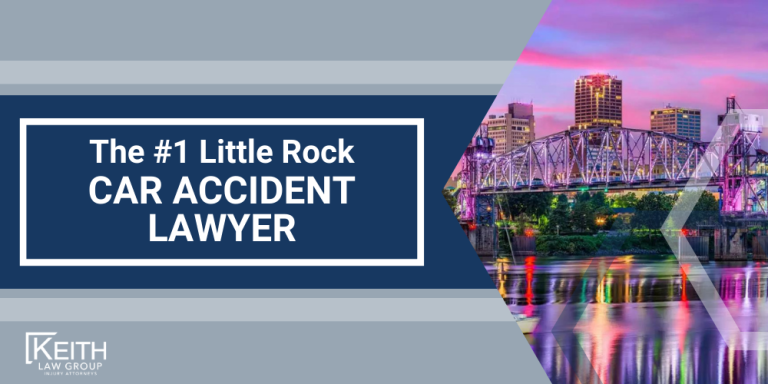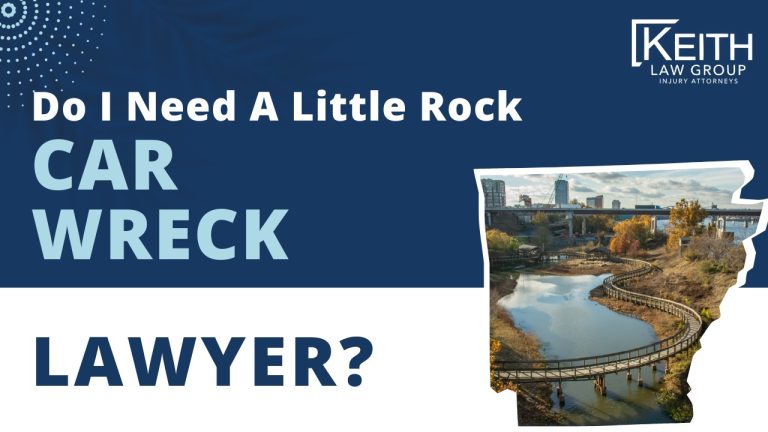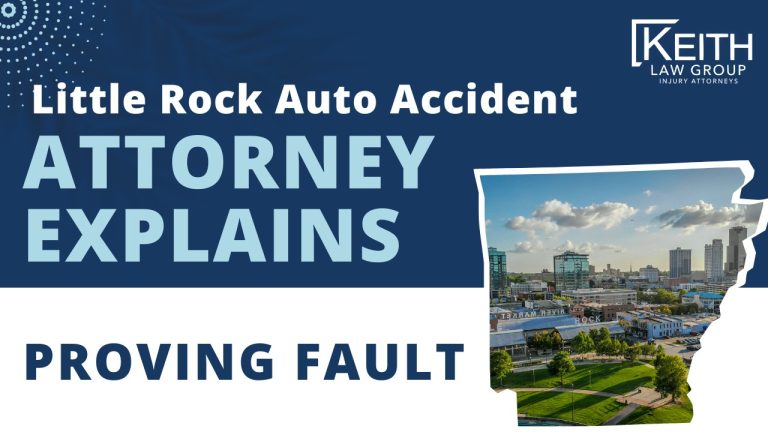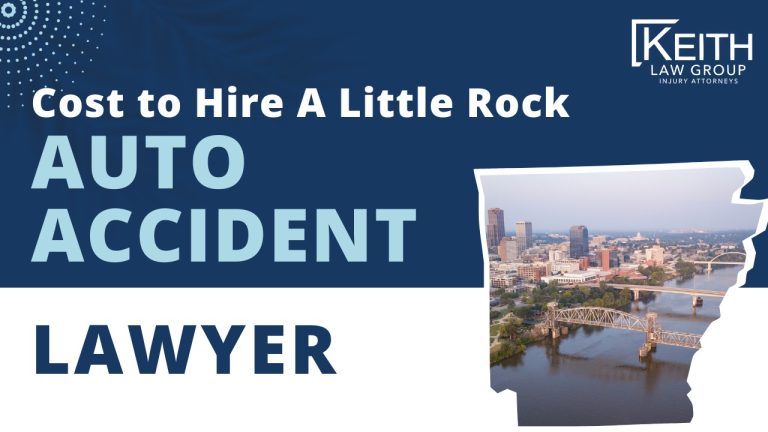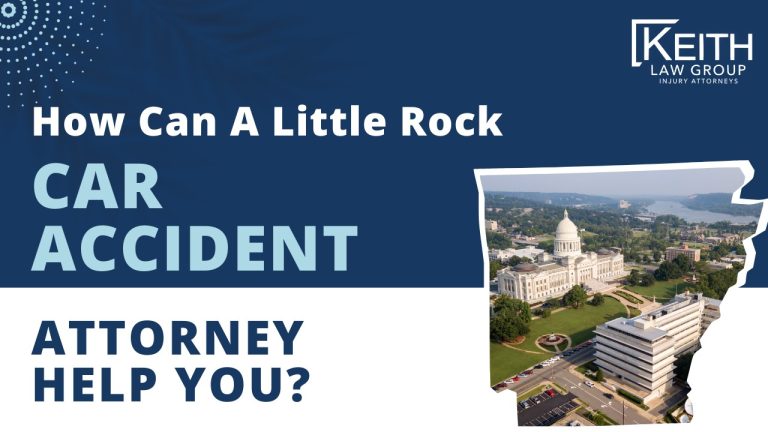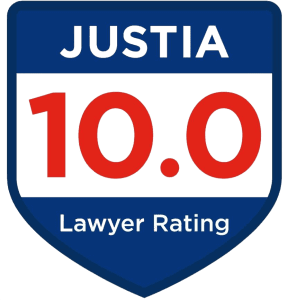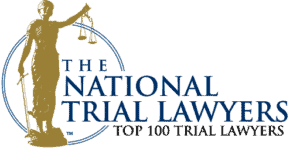- Last Updated: July 9th, 2024

Attorney Sean T. Keith has been a personal injury lawyer for 30+ years, a nationally recognized Top 100 Trial Lawyer, and top car accident lawyer & motor vehicle accident lawyer in Arkansas.
Legally Reviewed
This article has been written and reviewed for legal accuracy and clarity by the team of writers and attorneys at Keith Law Group and is as accurate as possible. This content should not be taken as legal advice from an attorney. If you would like to learn more about our owner and experienced injury lawyer, Sean T. Keith, you can do so here.
Fact-Checked
Keith Law Group does everything possible to make sure the information in this article is up to date and accurate. If you need specific legal advice about your case, contact us. This article should not be taken as advice from an attorney.
Sean Keith's Accollades & Practice Areas He Specializes In
- Over $20 Million recovered in Medical Device Injury Lawsuits.
- Over $13 Million recovered in Car Accident Lawsuits and other Motor Vehicle Accident Lawsuits.
- Over $100 Million recovered in total on behalf of clients.
- Sean specializes in cases involving personal injuries, car accidents, motorcycle accidents, truck accidents, wrongful death, slip and falls, nursing home abuse cases, nursing home elopement cases, and more.
Rear End Collisions in Little Rock (AR)
Question: What factors help determine liability for rear end collisions in Little Rock, Arkansas?
Answer: In Arkansas, rear end collisions typically hold the rear driver liable for these accidents — however, each case depends on specific circumstances so it’s best to discuss the details of your case with an experienced Little Rock Car Accident Lawyer.
Little Rock (AR) Rear End Collisions
On this page, we’ll provide an overview of rear end collisions in Arkansas, determining fault in rear end collisions, general causes of read end collisions, and much more.
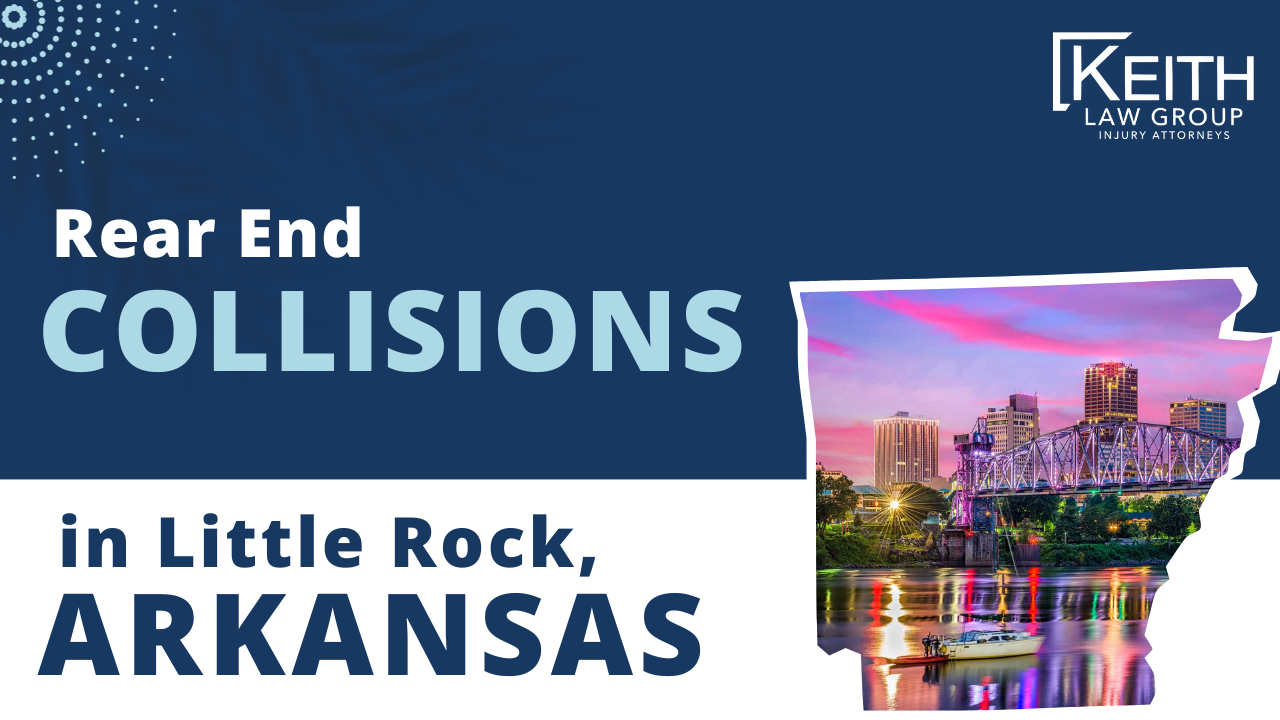
Arkansas law considers factors like driving behavior, road conditions, and vehicle maintenance in these accidents.
Determining liability involves examining the circumstances of the accident and identifying responsible parties, which can include individuals, companies, or governmental entities.
Important aspects of rear end collisions include:
- How liability is determined in these accidents;
- Common causes of rear end collisions like distracted driving or tailgating;
- Types of damages that can be claimed;
- The role of insurance in covering losses;
- Seeking legal advice for fair compensation.
If you’re involved in a rear end collision, contact Keith Law Group using the chat on this page for an instant case evaluation.
Table of Contents
Liability in Rear-end Collisions and Measures for Prevention
Determining fault and liability in rear-end car accidents can be intricate, involving various elements and parties.
Here are critical aspects to consider:
- Rear Driver Responsibility: In most rear-end collisions, the rear driver is typically considered the at-fault party. This assumption is based on the premise that the rear driver failed to keep a safe distance or was not attentive enough to brake in time. Aggressive driving, speeding, or not noticing brake lights can contribute to the rear driver’s liability.
- Front Driver Actions: In some scenarios, liability can also fall on the lead driver. If the front driver performs a sudden stop, reverses unexpectedly, or has malfunctioning hazard lights, they could be held responsible for the accident.
- Multiple Vehicle Accidents: Rear-end crashes involving more than two vehicles can complicate liability issues. Chain-reaction accidents often require detailed investigation to determine each driver’s contribution to the incident.
- Insurance Company Involvement: Insurance companies play a vital role in settling claims related to rear-end car accidents. They assess factors like police reports, driver statements, and evidence from the scene to decide on the at-fault driver.
- Legal Assistance: Consulting an experienced car accident attorney is crucial for those involved in a rear-end collision. A skilled lawyer can navigate the complexities of personal injury cases, helping victims recover compensation for medical bills, lost wages, and other damages.
If you’ve been involved in a rear-end collision, especially if you’ve suffered injuries or significant vehicle damage, don’t hesitate to contact TorHoerman Law.
Use our chat feature for an instant case evaluation, and let our team support you in seeking justice and rightful compensation.
Who is at Fault in a Rear-end Collision Accident?
Rear-end collisions are prevalent in auto accidents, often leading to significant physical injuries.
Identifying who is at fault in these accidents is crucial and involves an in-depth examination of the driver’s actions and the specific circumstances of the crash.
Factors Influencing Liability in a Rear-end Collision
Determining the at-fault party in a rear-end collision involves several essential factors:
- Driver Behavior: The key to these accidents is how the drivers operate their vehicles. If the rear driver was following too closely, not maintaining a safe speed, or was distracted, they are typically at fault. Conversely, liability might shift if the front car executes a sudden stop or reverse maneuver (known as brake checking).
- Traffic Situations: Compliance with traffic signals like red lights and stop signs is critical. A rear-end accident occurring because a driver ignored these signals indicates their fault.
- Vehicle Condition: The condition of each vehicle, especially regarding brake lights and other safety features, can play a role in establishing fault.
- Police Reports and Accident Evidence: Police reports offer an unbiased account of the accident, while evidence from the scene, like skid marks or the positioning of the vehicles involved, further aids in determining liability.
- Witness Statements: Testimonies from other drivers or bystanders can provide additional insights into how the accident occurred.
Legal Considerations for Rear-end Collision Victims
Victims of rear-end accidents should consider these legal avenues:
- Establishing Fault: Gathering evidence to prove the other driver’s responsibility is vital. This includes documenting the accident scene, obtaining the police report, and collecting witness accounts.
- Compensation Claims: Victims can seek compensation for medical expenses, lost income, and other damages. This process often involves dealing with insurance companies or initiating a legal case.
- Legal Advice: A free consultation with a car accident lawyer is advisable. An attorney skilled in personal injury cases can assist in proving fault and securing fair compensation.
- Medical Care: Immediate medical attention for injuries, such as whiplash or neck injuries, is crucial. Medical documentation is essential for supporting personal injury claims.
In rear-end collisions, determining the responsible party requires a detailed analysis of the drivers’ behavior, road conditions, and specific accident dynamics.
Common Causes of Rear-End Collisions
Rear end collisions occur when one car crashes into the vehicle in front of it, are among the most frequent motor vehicle accidents on highways and roads.
To prioritize safety and prevent serious injuries, drivers must understand the common causes of accidents.
Tailgating and Inadequate Following Distances
One primary cause of rear end collisions is tailgating, where the driver’s car follows another vehicle too closely.
This practice leaves insufficient space to react and stop safely if the front vehicle brakes suddenly.
A reasonable person would maintain a safe following distance, allowing enough time to react to any unexpected stops.
The failure to do so often results in the rear vehicle crashing into the one ahead, potentially causing whiplash injuries or more permanent injuries to the occupants.
Distracted Driving and Its Impact on Rear-End Collisions
Distracted driving significantly contributes to rear-end collisions, particularly the improper use of a mobile device or other activities that take the driver’s attention away from the steering wheel.
When drivers are not fully focused on the road, their reaction time is delayed.
This delay can be critical, especially if the front vehicle stops at a red light or a stop sign.
The distracted driver may not brake quickly, leading to a rear-end accident.
Weather and Road Conditions Contributing to Rear-End Accidents
Adverse weather conditions, like rain, fog, or ice, can lead to rear-end collisions due to reduced visibility and slippery roads.
In such conditions, even if a driver is adhering to a safe speed, stopping distances can be significantly longer, increasing the risk of rear-ending the vehicle in front.
Similarly, poor road conditions, such as potholes or uneven surfaces, can lead to unexpected braking, resulting in a collision.
The Legal Perspective of Rear-End Collisions
From a legal standpoint, rear-end collisions often involve personal injury cases, where the victim in the front vehicle may seek compensation for injuries sustained.
The law typically assumes that the rear driver is at fault, considering the responsibility to maintain a safe following distance.
However, comparative negligence rules can come into play if the actions of the front driver contributed to the accident, like reversing suddenly or not using a seat belt, which can exacerbate injuries.
Responsibility of Drivers to Prevent Rear-End Collisions
Drivers are responsible for preventing rear-end collisions, which are common but avoidable accidents on our roads.
Maintaining a safe distance from the vehicle ahead is essential in reducing the frequency of these accidents. This practice allows sufficient time to react if the car in front stops suddenly, thus preventing a rear-end collision.
Every driver should be aware that they are responsible for their own safety and that of other road users, including those they follow on the highway.
The Importance of Attentive Driving to Avoid Rear-End Collisions
Attentive driving plays a key role in avoiding rear-end accidents. Drivers must be fully aware of their surroundings and the behavior of other vehicles, particularly in traffic and on highways.
Anticipating potential issues, such as a vehicle braking abruptly or reversing suddenly, is part of being a cautious driver. By staying alert and prepared for the unexpected, drivers can significantly lower the risk of rear-ending another vehicle, even in situations where the other driver might be partially at fault.
Legal Consequences of Causing Rear-End Accidents
Being involved in a rear-end collision can have serious legal implications. If a driver is found to be at fault for not following safe driving practices, they may be held liable for the consequences of the accident.
This liability can extend to personal injury cases, where the victim of a rear-end accident can claim compensation for injuries sustained, which often include whiplash injuries. The at-fault driver may also cover medical expenses, lost wages, and other damages related to the accident.
Legal Assistance and Compensation for Rear-End Collision
In the unfortunate event of a rear-end collision, seeking legal assistance is imperative. Such accidents, often happening on highways, frequently result from a driver failing to maintain a safe following distance, leading to potentially severe outcomes.
Consulting a skilled personal injury attorney is crucial. They are adept at handling the nuances of rear-end collision cases, which often involve complex liability issues. An attorney can effectively determine fault, particularly crucial in cases where a vehicle rear-ended another due to negligence or a sudden stop.
Compensation for Damages and Injuries
Victims of rear-end collisions may be eligible for compensation covering various aspects, including:
- Medical expenses, considering rear-end collisions, can cause injuries ranging from minor to severe, such as whiplash.
- Pain and suffering endured due to the accident.
- Lost wages if injuries impact your capacity to work.
- Damage to your vehicle and other property.
The compensation amount is contingent on the specific details of the accident and the injury severity. Employing a lawyer ensures the diligent pursuit of the rightful compensation.
Steps to Take Following a Rear-End Collision
Taking the right steps, post-accident can safeguard your legal rights and personal well-being:
- Prioritize Safety: Assess for injuries immediately. If needed, call emergency services and move to a secure location.
- Report the Accident: Contact law enforcement to obtain an official police report, a vital element in any legal case.
- Exchange Information: Share and collect contact and insurance details with the other driver(s).
- Document the Scene: Take pictures of the serious accident scene, showcasing all vehicles involved, skid marks, and road conditions.
- Gather Witness Accounts: If there are witnesses, their statements can significantly aid in establishing fault.
- Notify Your Insurance: Inform your insurance company about the collision, providing accurate and factual details.
- Seek Legal Advice: Consult a law firm specializing in auto accidents for guidance and representation.
Hiring a Rear-End Collision Accident Lawyer: TorHoerman Law
Rear-end collisions, common on highways and roads, often lead to intricate legal and insurance proceedings, especially when involving severe injuries or vehicle damage.
Legal experts are essential in effectively managing these cases, which frequently include issues like determining fault, handling insurance negotiations, and dealing with the aftermath of common injuries such as whiplash.
If you or someone close to you has been a rear-end collision victim, it’s crucial to seek professional legal help. Contact us for a complimentary case evaluation.
Our team is dedicated to providing comprehensive support throughout your legal journey.
Frequently Asked Questions
-
What typically happens when a rear-end collision occurs?
A rear-end collision occurs when a vehicle crashes into the one in front of it.
These accidents can range from minor to serious, often happening in congested areas like intersections and highways.
Factors like sudden braking or tailgating often contribute to these incidents.
-
What should an accident victim do immediately following a rear-ended vehicle incident?
After being involved in a rear-ended vehicle incident, it’s crucial for the accident victim first to ensure their safety.
They should then seek medical attention, even if injuries seem minor, as issues like whiplash injury might not be immediately apparent.
Documenting the scene and gathering witness statements can also be necessary for any subsequent personal injury case.
-
How often do highway accidents, particularly rear-end collisions, commonly occur?
Highway accidents, including rear-end collisions, often occur due to high speeds, sudden stops, or inattentive driving.
Situations like traffic congestion or vehicles reversing suddenly also contribute to highway accidents.
-
In a rear-end collision, how does one determine fault in a personal injury case?
Determining fault in a personal injury case involving a rear-end collision usually involves assessing whether the driver of the rear vehicle was following too closely or failed to respond appropriately to traffic conditions.
However, factors like a vehicle reversing suddenly can also play a role in establishing fault.
-
Why is it important for accident victims to seek medical attention after accidents?
It is vital for accident victims to seek medical attention after accidents happen to identify and treat injuries like whiplash injury, which may not show immediate symptoms.
Prompt medical care not only aids in recovery but also provides documentation needed for any potential personal injury case.
Other Little Rock Practice Areas
You pay
nothing
unless
we win
Do You Have A Case?
Other Little Rock Personal Injury Cases We Handle
Related Articles
Local Little Rock Resources
Education in Little Rock, Arkansas
- University of Arkansas at Little Rock
- University of Arkansas for Medical Sciences
- Arkansas Baptist College
- Philander Smith College
- Clinton School of Public Service
- Arkansas School for the Blind and Visually Impaired
- Arkansas School for the Deaf
- eStem Public Charter Schools
- LISA Academy
- Hall STEAM Magnet High School
- Little Rock Central High School
- Parkview Arts and Science Magnet High School
- J. A. Fair High School
- Little Rock Southwest High School
- Mills University Studies High School
- Joe T. Robinson High School
- Episcopal Collegiate School
- Catholic High School for Boys (Little Rock, Arkansas)
- Little Rock Christian Academy
- Mount St. Mary Academy (Little Rock, Arkansas)
- Pulaski Academy
Little Rock, Arkansas Community & History
- Little Rock Central High School National Historic Site
- Big Dam Bridge
- William J. Clinton Presidential Library
- Arkansas State Capitol
- River Market District
- Junction Bridge
- Old State House Museum
- Simmons Bank Arena
- H.U. Lee International Gate and Garden
- Testament: The Little Rock Nine Monument
- Arkansas Governor’s Mansion
- Mount Holly Cemetery
- Little Rock Marathon
- Pops on the River
- Little Rock Main Street Food Truck Festival
- Big Dam Bridge 100
- World Cheese Dip Championship
- Arkansas State Fair
- Susan G. Komen Ozark More Than Pink Walk
- Arkansas Italian Food & Wine Festival
- Central Arkansas Pride Fest
- Six Bridges Book Festival
- Jewish Food & Cultural Festival
- International Greek Food Festival
- Wildwood Park for the Arts
- Central Arkansas Library System
- North Little Rock Public Library System
- North Little Rock Public Library
- Arkansas Foodbank
- Heifer Project International, Inc.
- EAST INITIATIVE
- Arkansas Search Dog Association Inc
- Storybook Project Of Arkansas Inc
- BRIDGE2RWANDA INC
- Women & Children First the Center Against Family Violence
- Bill Hillary & Chelsea Clinton Foundation
- Heifer International Foundation
- Literacy Action Of Central Arkansas
- Rescue Road

Choose Us For Your Personal Injury Case
- Available 24/7
- No Upfront Fees
- Free Case Evaluation
- No Fees Unless We Win!
